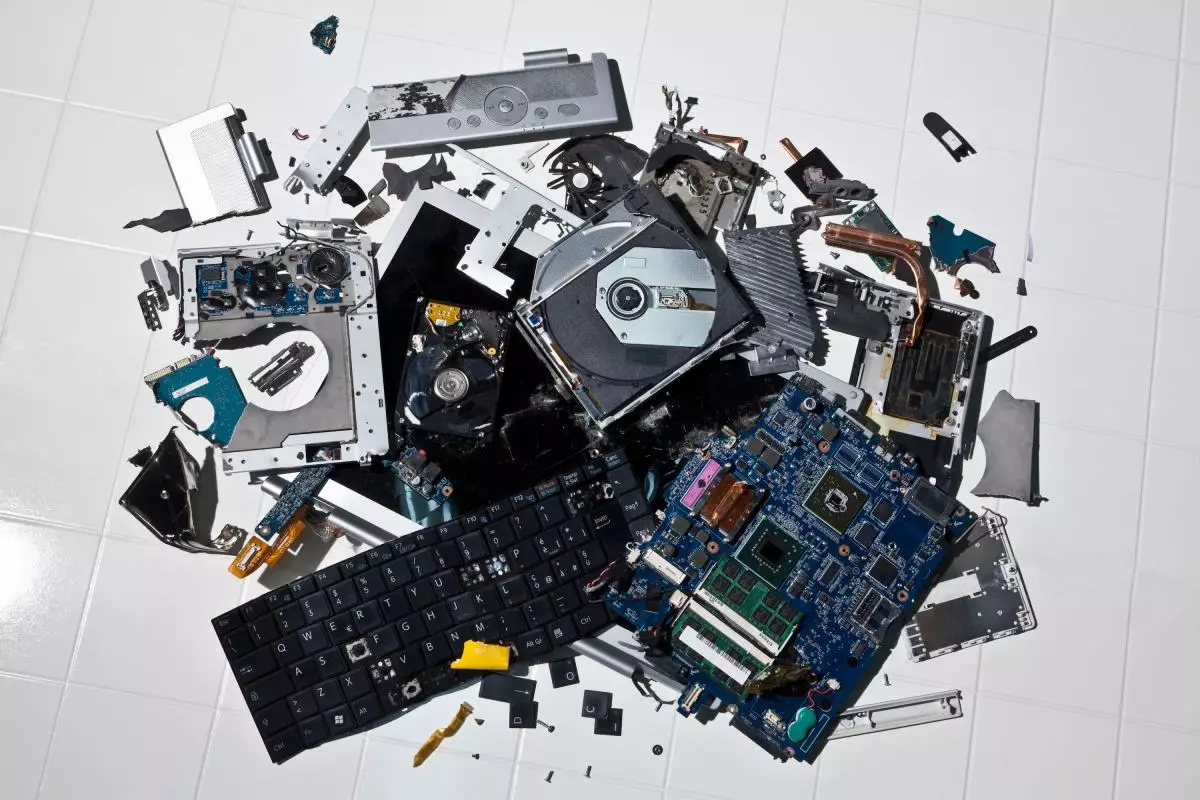Rare earth elements (REEs) constitute a group of 17 essential metals that, despite their name, are not particularly scarce in the earth’s crust. Elements such as neodymium, praseodymium, and cerium carry unique properties that render them vital in modern technology. From smartphones to electric vehicles and renewable energy technologies, their applications are vast and critical. However, the extraction and refinement of these elements are fraught with challenges. REEs tend to be concentrated in only a few geographic locations, primarily China, which has effectively cornered the market and become the predominant player in their refinement. This concentration underscores a troubling dependence on the Chinese supply chain, posing significant risks to global technological and defense sectors.
The Geopolitical Landscape
China’s dominance in the rare earth market has profound geopolitical implications. As tensions rise in U.S.-China trade relations, the potential for rare earths to be wielded as bargaining chips becomes ever more apparent. Companies such as Nvidia and Apple have already faced export restrictions that threaten their operations, highlighting how access to these critical resources is being manipulated as a weapon in broader trade disputes. The U.S. Department of Defense has recognized this vulnerability, classifying the security of rare earth supplies as central to its industrial strategy. In the event of a disruption, not only defense applications could suffer, but also vital sectors of the economy that rely on these materials.
Currently, the United States has only one operational rare earth mine located in California, which has encountered numerous operational difficulties over the years. This stark reality emphasizes the urgency for the U.S. to establish a more robust and resilient supply chain. However, instead of focusing solely on traditional mining, there is an emerging conversation about recovering rare earth elements from electronic waste (e-waste). Given the large volumes of e-waste generated annually, this avenue offers significant potential. Recycling initiatives could unlock a sustainable pathway to acquire these valuable materials without the environmental burden associated with traditional mining practices.
Innovations in Separation Techniques
One company, Alta Resource Technologies, is pioneering a novel approach to extracting rare earth elements from both raw ore and e-waste. Their method leverages biological processes, utilizing specially designed proteins that selectively bind to rare earth elements. This stands in stark contrast to conventional chemical methods, which often involve toxic substances and complicated multi-step processes. The selective nature of biological extraction could not only improve yields but also render the refining process far less harmful to the environment. By integrating biology into the extraction process, Alta aims to create a cleaner, more efficient solution to a critical need.
Future Prospects and Government Support
Alta’s vision includes the establishment of a pilot-scale plant to further develop and refine its extraction technology. The scalability of their techniques is promising, as it may allow for the production of rare earth elements at a scale sufficient to mitigate national security risks. With federal support on the horizon, highlighted by grant funding from organizations like DARPA, there is a growing optimism about revitalizing supply chains that have long been dominated by foreign entities. The company’s goal of producing thousands of tons rather than hundreds of thousands is a more feasible starting point, particularly in the context of immediate needs identified by the Pentagon.
While it is unlikely that the U.S. will completely reclaim its position as a leading producer of rare earth elements overnight, innovations like Alta’s promise a shift toward a more sustainable and equitable supply chain. The intersection of biotechnology and materials science is critical as we navigate an increasingly technology-driven world. Understanding and investing in the extraction of rare earth elements from e-waste not only addresses pressing national security concerns but also sets a precedent for responsible resource management in the future. The journey ahead will require collaborative efforts across industries and government sectors, but the potential for significant advancements in both environmental sustainability and technological independence makes it imperative to pursue these pathways with urgency and determination.

